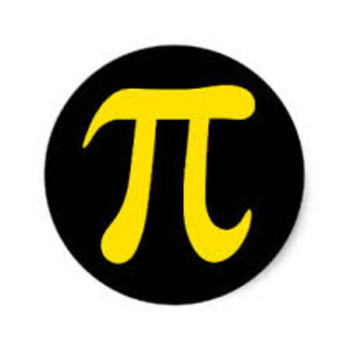How do you factor the quadratic equation #12x²+13x-4#?
3 Answers
In general, polynomials of any power
can be factored into a product of linear polynomials
using their roots
In particular, a quadratic polynomial
can be factored into a product of two linear polynomials
where
If there is a coefficient not equal to
So, the straight forward method to factor this quadratic polynomial is to factor out
We can use a formula for solutions of this equation:
From this we have two solutions:
That brings the following factorization:
A quadratic expression is completely factorizable if and only if its discriminant is positive. Given a quadratic expression of the form
To find the solutions, we have the formula
Since
The factorization is thus
Read though the method carefully.
It's worth the time spent to learn it.
Explanation:
Some trinomials are the product of two binomials of the form:
When we try to find these factors from the quadratic, we are factoring or factorising. Not all quadratic trinomials can be factored.
In
We are trying to find factors of 12 and 4 which subtract to make 13.
Look at the clues.
CLUE 1 : The sign with the 4 is negative
**CLUE 2: ** 13 is an odd number, It can only be obtained from subtracting with an odd and an even number.
The factors of 4 are
In this case it will not be
The factors of 12 are:
Thinking through the possible combinations might go like this:
12x4 = 48 ....too big
12x1 = 12........too small - we still need to subtract.
Let's try 4 and 3 with 1 and 4. Cross-multiply and subtract
Make them
The top row has the factors for the first bracket.
The bottom row has the factors for the second bracket.
You can check by multiplying out again.
This requires a good deal of practice and a solid knowledge of the multiplication tables. However, once mastered it is a very quick method which works most of the time.
It does avoid having to find all the possible factors of numbers which are sometimes quite big.



